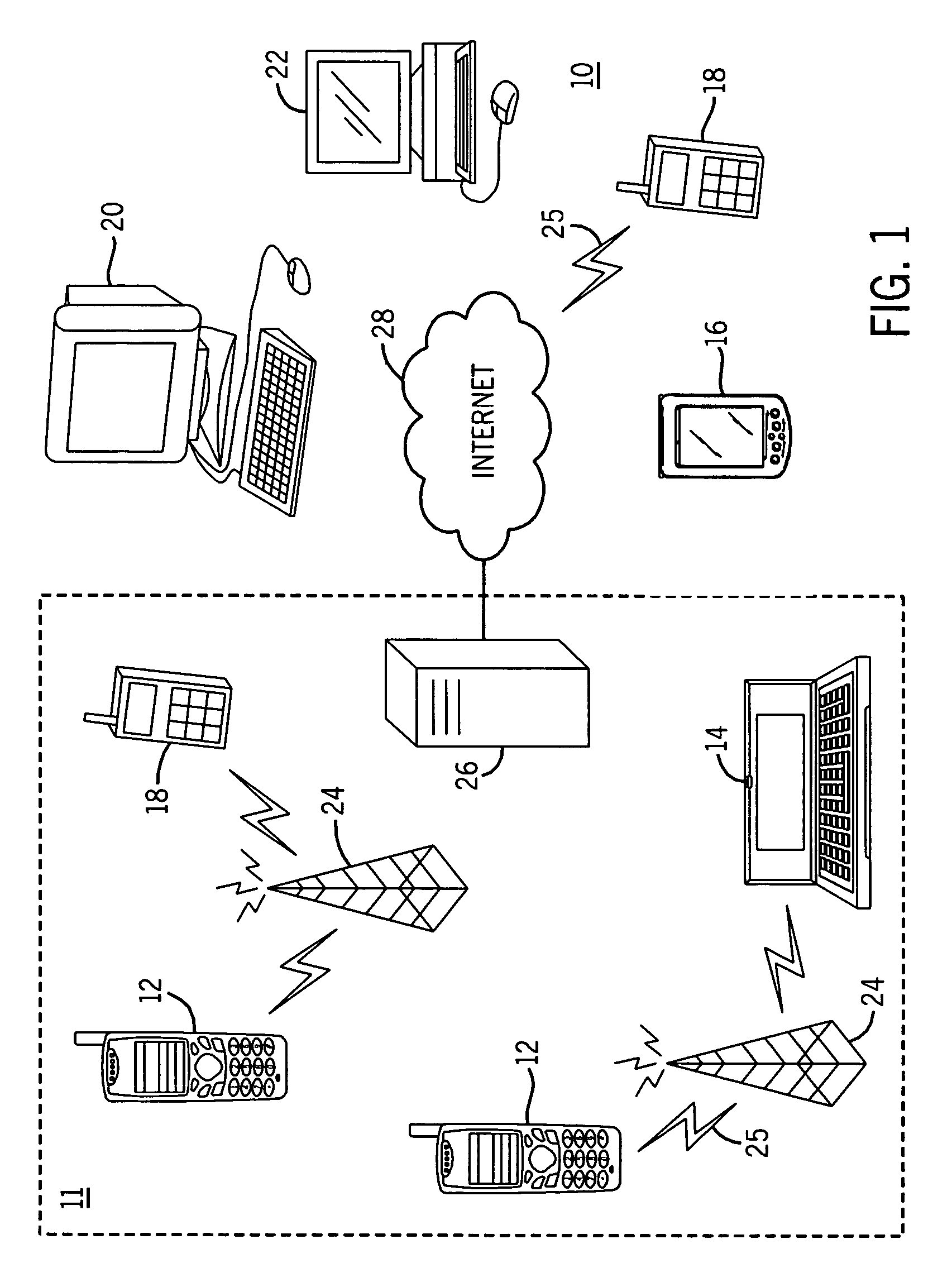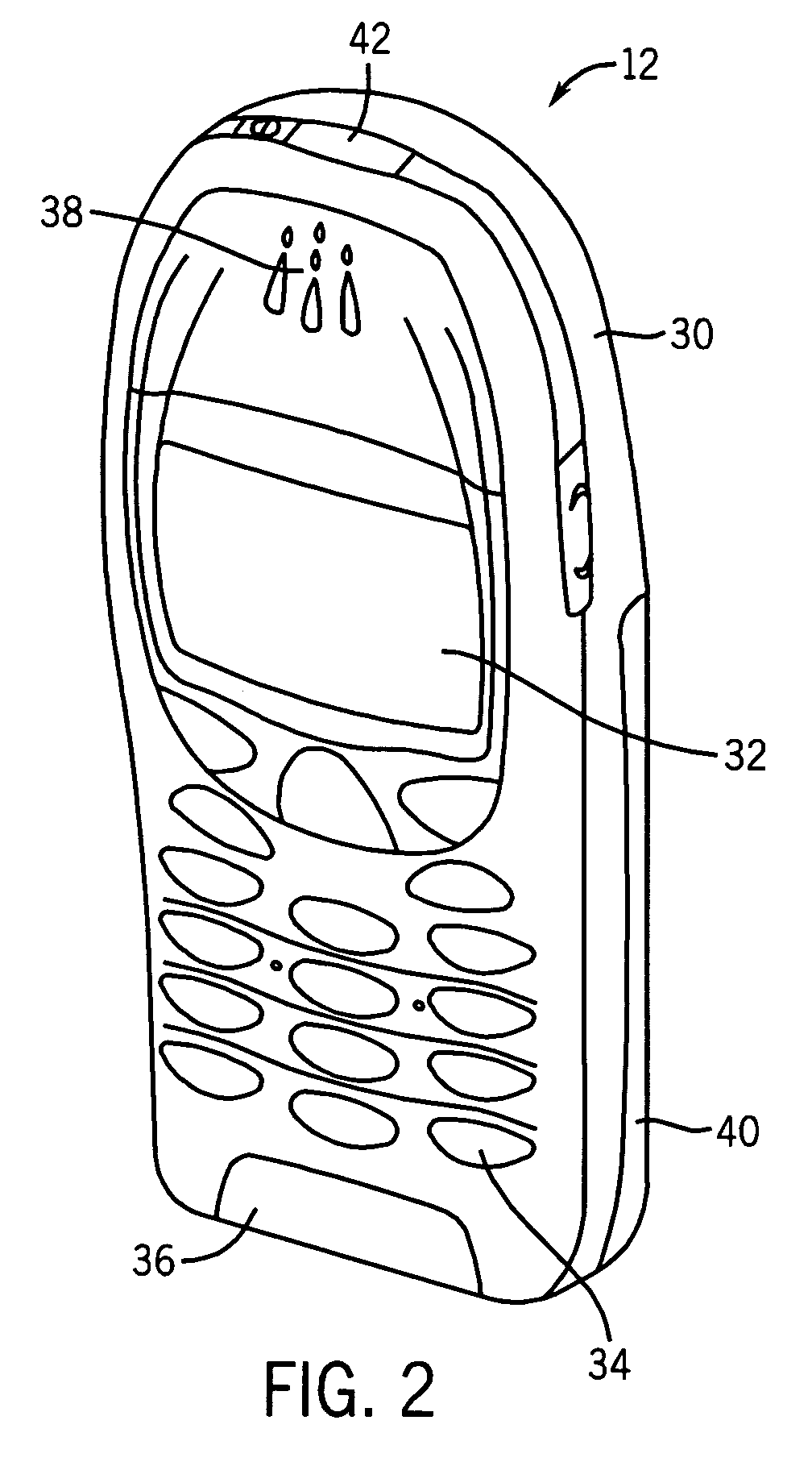System and method for identifying segments in a web resource
a technology of web resource and segmentation, applied in the field of segmentation of content, can solve the problems of difficult to navigate pages, high data transfer rate, and casual “surfing” type, and achieve the effects of improving the overall performance of the algorithm, improving the end user experience, and improving the interaction model
- Summary
- Abstract
- Description
- Claims
- Application Information
AI Technical Summary
Benefits of technology
Problems solved by technology
Method used
Image
Examples
Embodiment Construction
[0025]FIG. 1 shows a system 10 in which the present invention can be utilized, comprising multiple communication devices that can communicate through a network. The system 10 may comprise any combination of wired or wireless networks including, but not limited to, a mobile telephone network, a wireless Local Area Network (LAN), a Bluetooth personal area network, an Ethernet LAN, a token ring LAN, a wide area network, the Internet, etc. The system 10 may include both wired and wireless communication devices.
[0026]For exemplification, the system 10 shown in FIG. 1 includes a mobile telephone network 11 and the Internet 28. Connectivity to the Internet 28 may include, but is not limited to, long range wireless connections, short range wireless connections, and various wired connections including, but not limited to, telephone lines, cable lines, power lines, and the like.
[0027]The exemplary communication devices of the system 10 may include, but are not limited to, a mobile telephone 1...
PUM
 Login to View More
Login to View More Abstract
Description
Claims
Application Information
 Login to View More
Login to View More - R&D
- Intellectual Property
- Life Sciences
- Materials
- Tech Scout
- Unparalleled Data Quality
- Higher Quality Content
- 60% Fewer Hallucinations
Browse by: Latest US Patents, China's latest patents, Technical Efficacy Thesaurus, Application Domain, Technology Topic, Popular Technical Reports.
© 2025 PatSnap. All rights reserved.Legal|Privacy policy|Modern Slavery Act Transparency Statement|Sitemap|About US| Contact US: help@patsnap.com



